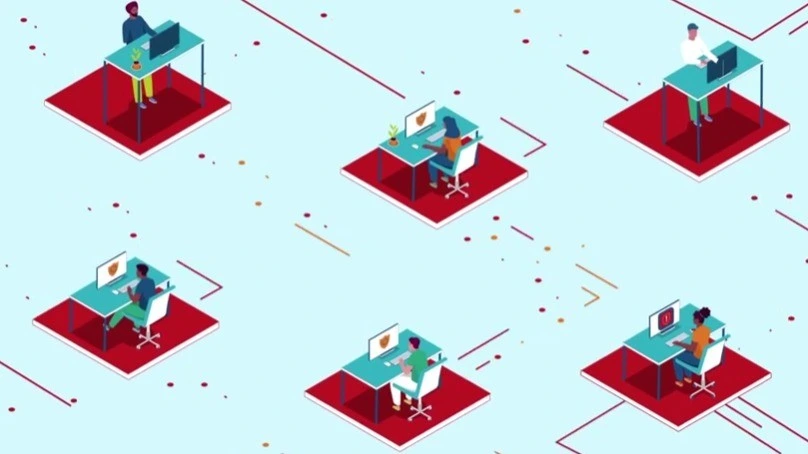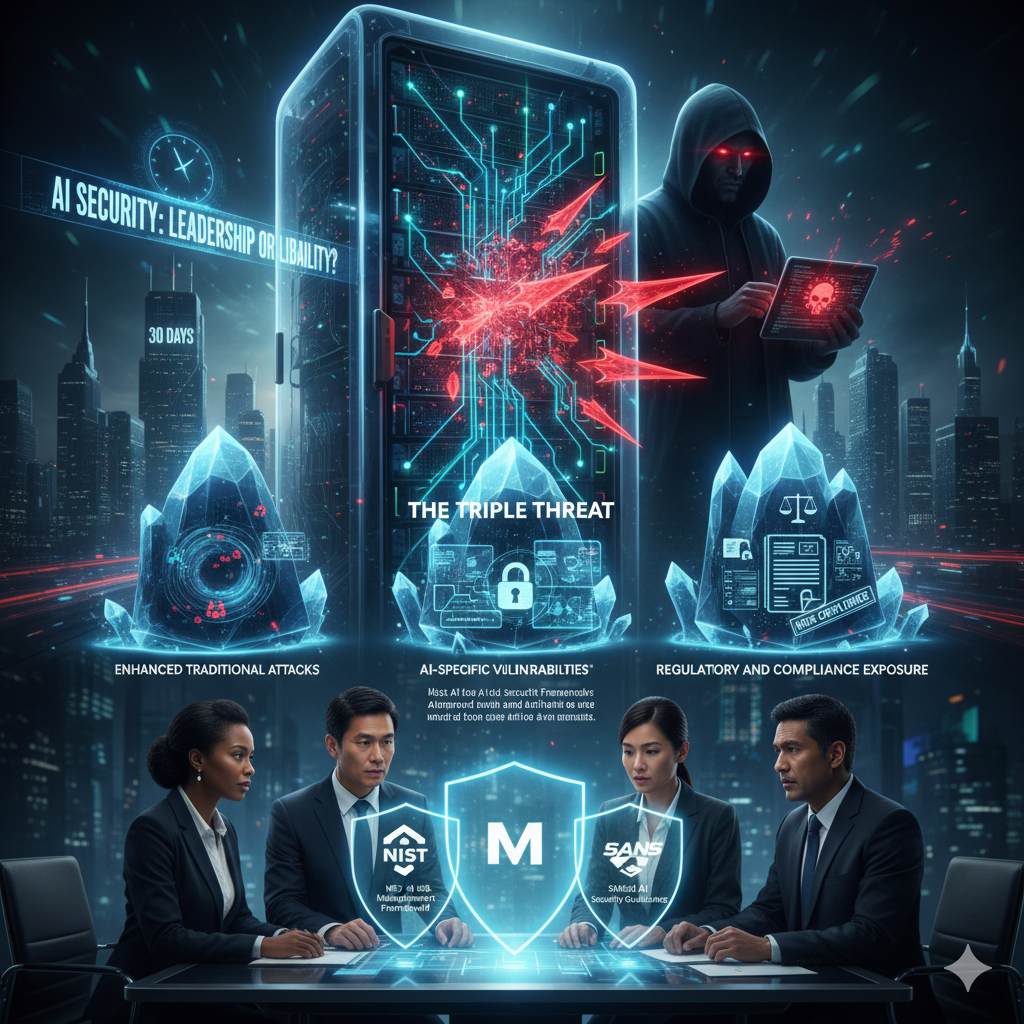Your organization’s security posture isn’t failing because of sophisticated attackers or zero-day exploits. It’s failing because of a problem hiding in plain sight: the chaos created by too many security tools. While CISOs scramble to defend against external threats, an internal enemy quietly undermines their cyber resilience efforts—tool sprawl.
The numbers tell a stark story. Organizations now deploy between 45 and 83 separate cybersecurity tools on average. What started as targeted solutions to specific problems has evolved into an unwieldy ecosystem that creates more risk than it prevents. Half of all CISOs want to consolidate their security tools, and 75% of organizations are actively pursuing vendor consolidation. The question isn’t whether tool sprawl is a problem—it’s whether you can afford to ignore it any longer.
The True Cost of Security Tool Chaos
Tool sprawl isn’t just an operational headache—it’s a fundamental threat to cyber resilience. Every additional security tool introduces new failure points, complexity, and hidden costs that compound exponentially.
The Visibility Paradox
The most dangerous aspect of tool sprawl is the illusion of security it creates. Multiple tools monitoring the same environment don’t provide redundant protection—they create blind spots. Each tool sees only what it’s designed to see, and when data doesn’t integrate effectively, critical threats slip through the gaps. As security expert Jonathan Gill warns, these tools “can only report on what they can see—but they don’t know what they’re missing.”
Alert Fatigue: When More Equals Less
Security analysts are drowning in alerts from overlapping systems. With dozens of dashboards generating thousands of notifications daily, teams develop “alert fatigue”—a dangerous condition where real threats get lost in the noise. When everything is marked urgent, nothing truly is. This isn’t just an efficiency problem; it’s a security failure waiting to happen.
The Integration Nightmare
Tool sprawl creates a maintenance burden that diverts resources from actual security work. Each new tool requires integration, training, and ongoing management. Security teams spend more time managing their tools than using them effectively. The result? Longer response times, incomplete investigations, and audit cycles that drag on for months.
Shadow IT Amplifies Risk
Tool sprawl often breeds more tool sprawl through shadow IT. When official security tools are too complex or ineffective, departments acquire their own solutions, creating unmanaged attack surfaces. Gartner estimates that nearly one-third of successful cyberattacks stem from shadow IT infrastructure—a direct consequence of security tool chaos.
The Economics of Consolidation
Beyond operational efficiency, tool consolidation delivers measurable financial benefits. Organizations pursuing consolidation report average savings of 16% in total tool costs and nearly 20% reduction in analyst time. More critically, consolidation reduces mean time to respond (MTTR) by 21% and decreases remediation time by 19.5%.
These aren’t marginal improvements—they represent fundamental enhancements to cyber resilience. When security teams can respond 21% faster to incidents, the difference between containment and catastrophe often comes down to those precious minutes saved.
The Hidden Costs of Sprawl
Tool sprawl’s financial impact extends far beyond licensing fees:
- Duplicate functionality drives unnecessary costs across overlapping solutions
- Integration complexity requires specialized skills and ongoing maintenance
- Vendor management overhead multiplies across dozens of relationships
- Training costs compound as teams struggle with multiple interfaces
- Audit complexity increases exponentially with each additional system
The Strategic Path Forward
Effective consolidation isn’t about reducing tools for the sake of reduction—it’s about building a more resilient security architecture. The organizations succeeding with consolidation follow a disciplined approach:
Start with Inventory and Analysis
The first step requires brutal honesty about your current state. Map every security tool in use, including shadow IT deployments. Identify overlapping functionality and measure actual usage. Many organizations discover they’re paying for tools that teams have abandoned or never properly implemented.
Focus on Integration, Not Elimination
The goal isn’t to use fewer tools—it’s to use tools that work together effectively. Prioritize platforms that integrate well, share data seamlessly, and support unified workflows. API capabilities and integration partnerships matter more than feature lists.
Measure Business Impact, Not Technical Features
Every security tool should map to specific business risks. If a tool can’t demonstrate clear risk reduction aligned with your risk tolerance levels, it’s a candidate for elimination. This risk-based approach ensures consolidation efforts focus on business outcomes, not technical elegance.
Establish Unified Visibility
True cyber resilience requires comprehensive visibility across your entire environment. This means ensuring all security tools feed into centralized monitoring and analysis platforms. Without this unified view, even the best individual tools become isolated islands of information.
Invest in Platform Capabilities
Unified security platforms that combine previously distinct functions—authentication, monitoring, response, and analysis—offer the greatest consolidation potential. These platforms reduce integration overhead while providing the comprehensive coverage modern threats demand.
Building Cyber Resilience Through Simplicity
The most resilient security programs aren’t the most complex—they’re the most coherent. When security tools work together seamlessly, teams can respond faster, investigate more thoroughly, and recover more quickly from incidents.
Consider this: would you rather have your security team managing 50 different dashboards during a crisis, or working from a unified command center with complete visibility? The answer reveals why consolidation isn’t just about operational efficiency—it’s about fundamental cyber resilience.
The Cultural Component
Successful consolidation requires more than technical integration—it demands cultural change. Security teams must shift from collecting tools to mastering integrated platforms. This means investing in training, establishing new workflows, and sometimes challenging long-held preferences for specific tools.
Organizations that treat consolidation as a technology project fail. Those that approach it as a business transformation succeed. The difference lies in recognizing that cyber resilience depends more on how well your tools work together than how many you deploy.
The Consolidation Imperative
The cybersecurity landscape isn’t becoming simpler—threats are evolving faster than ever, regulatory requirements are multiplying, and attack surfaces continue expanding. In this environment, tool sprawl isn’t just inefficient—it’s actively dangerous.
The organizations that will thrive are those that can respond quickly, adapt rapidly, and maintain clear visibility across complex environments. This requires security architectures built for agility, not accumulation.
The Time to Act is Now
Every day you delay consolidation, tool sprawl grows worse. New threats drive new tool acquisitions, complexity compounds, and the challenge becomes more daunting. Meanwhile, your competitors are gaining advantage through streamlined security operations and improved cyber resilience.
The question facing every CISO and security leader is simple: Will you control your security tool ecosystem, or will it control you? The organizations that answer correctly—and act decisively—will build the cyber resilience needed to thrive in an increasingly hostile digital landscape.
Start with a comprehensive audit of your current tools. Identify the overlaps, measure the gaps, and build a roadmap for consolidation. Your security team, your budget, and your business resilience depend on it.
The future belongs to organizations that can move fast and respond effectively. In cybersecurity, that future belongs to those who choose integration over accumulation, clarity over complexity, and strategic consolidation over reactive sprawl.








